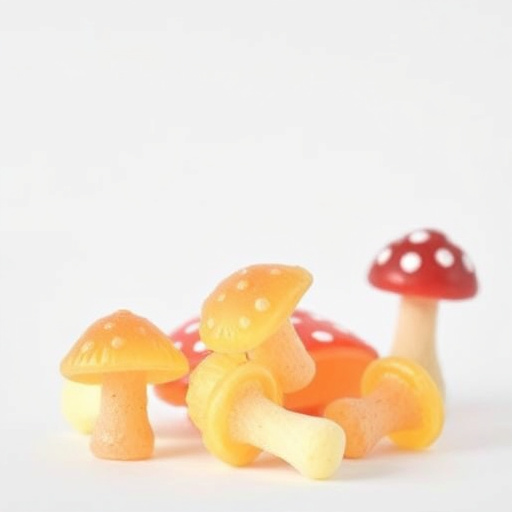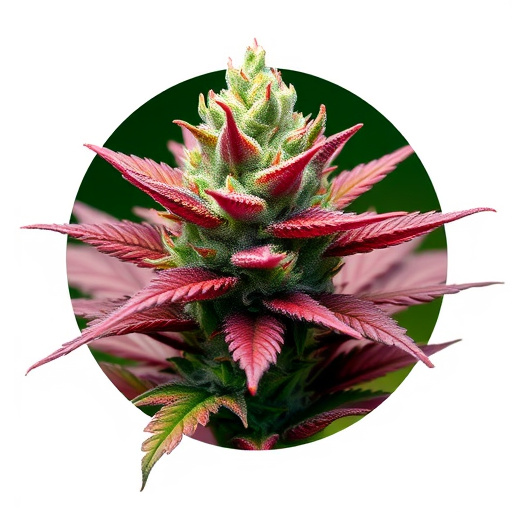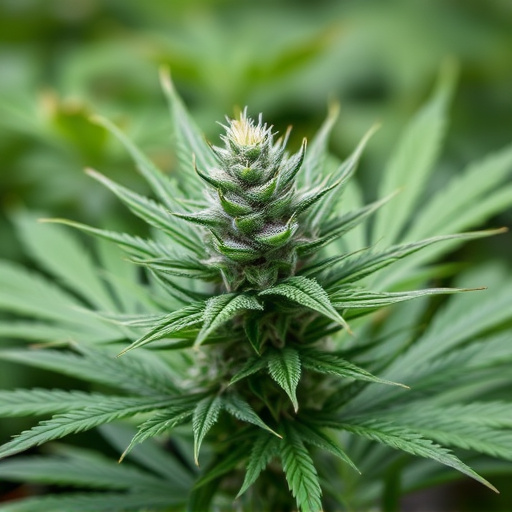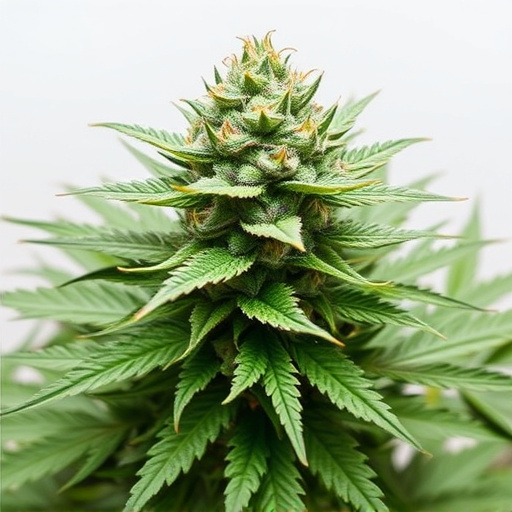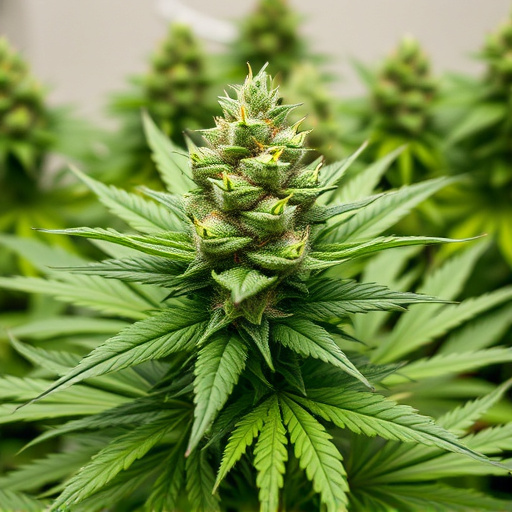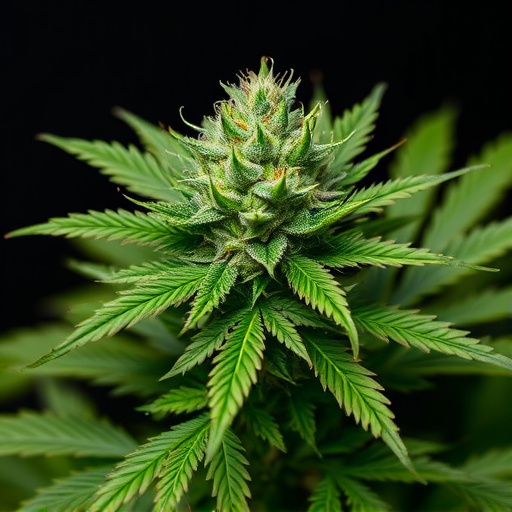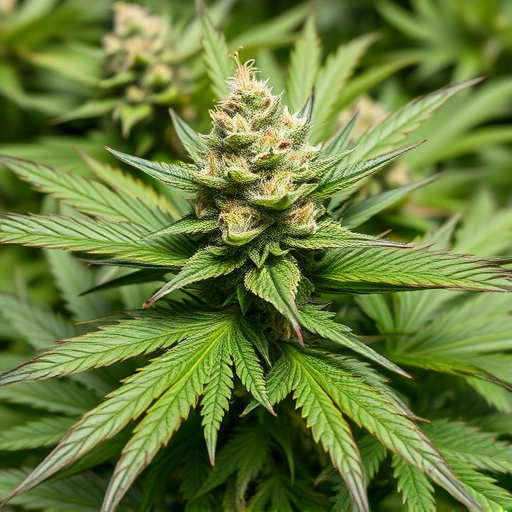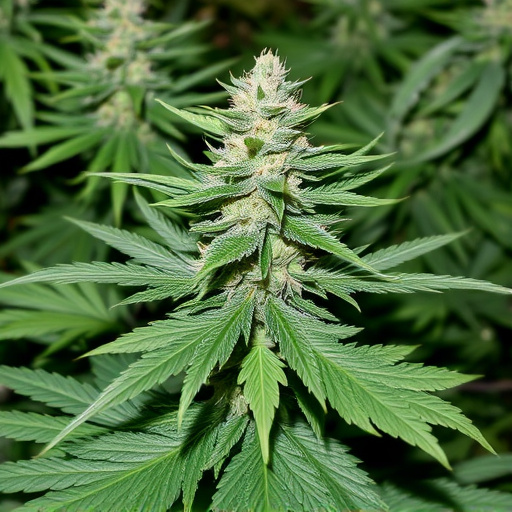Trichomes, microscopic hair-like structures on cannabis sativa strains, are vital for potency and quality. They secrete cannabinoids and terpenes, influencing aroma, flavor, and therapeutic effects. Understanding trichome density, composition, and maturity is key to optimizing cannabis sativa strains cultivation. Growers use advanced techniques like HPLC and GC-MS to measure cannabinoid profiles, and control environmental conditions to maximize trichome potential, enhancing potency and therapeutic value.
“In the world of cannabis, trichomes aren’t just microscopic marvels; they are key indicators of potency. These tiny, hair-like structures on the plant’s surface secrete a wide range of compounds that contribute to its unique properties. Understanding trichomes is crucial for cultivating high-potency cannabis sativa strains. This article delves into the intricate relationship between trichome density, composition, and strain potency, offering insights into techniques to enhance and analyze their development.”
- Understanding Trichomes: The Microscopic Guardians of Cannabis Potency
- How Trichome Density and Composition Impact Strain Potency
- Unlocking the Secrets: Techniques to Enhance and Analyze Trichome Development in Cannabis Sativa Strains
Understanding Trichomes: The Microscopic Guardians of Cannabis Potency
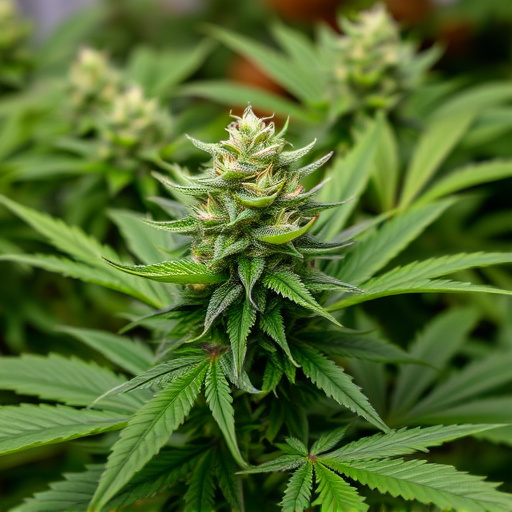
Trichomes, often overlooked but microscopic in size, are the unsung heroes when it comes to understanding the potency of cannabis sativa strains. These tiny hair-like structures, found on the surface of cannabis plants, play a crucial role in determining the overall quality and strength of the final product. They produce and house various cannabinoids and terpenes, which are responsible for the distinctive aroma, flavor, and therapeutic effects associated with different cannabis varieties.
By studying trichomes, growers and enthusiasts can gain valuable insights into the potential effects and experiences one might expect from a particular strain. The density, size, and health of trichomes directly correlate with the concentration of these compounds, ultimately shaping the potency profile. Understanding this intricate relationship allows cultivators to optimize their growing techniques, ensuring that each cannabis sativa strain reaches its full potential, offering consumers a diverse range of experiences tailored to their preferences.
How Trichome Density and Composition Impact Strain Potency
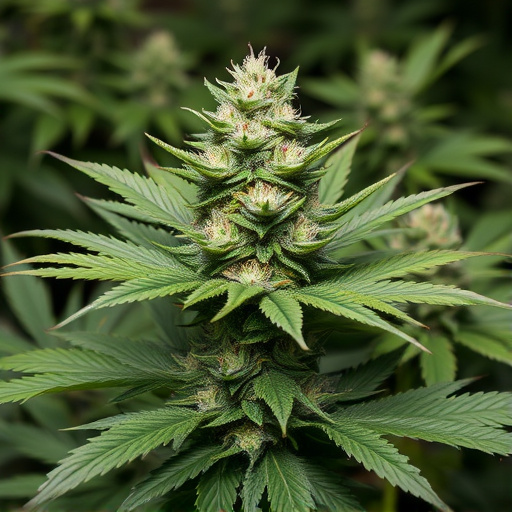
The density and composition of trichomes on cannabis sativa strains play a significant role in determining their potency. Trichomes are tiny, hair-like structures that produce and secrete various cannabinoids and terpenes, giving each strain its unique profile. A higher density of trichomes generally correlates with increased levels of these compounds, leading to more potent effects. The composition of the trichome’s secretions is also crucial; certain cannabinoid profiles, such as high concentrations of THC (tetrahydrocannabinol), are known to contribute to stronger psychoactive experiences.
Moreover, the maturity of the trichomes impacts potency. Trichomes undergo a process of maturation, starting from clear to milky and finally amber or brown. During this transformation, their cannabinoid content typically increases, making mature trichomes more potent than immature ones. Thus, the timing of harvest is critical in cannabis cultivation, as it directly influences the final product’s potency and effectiveness.
Unlocking the Secrets: Techniques to Enhance and Analyze Trichome Development in Cannabis Sativa Strains
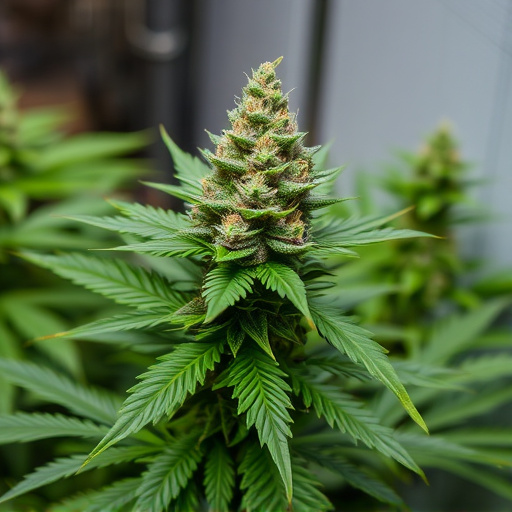
Unlocking the secrets of trichome development in Cannabis sativa strains offers a deeper understanding of potency and quality. Trichomes, specialized hair-like structures, produce various cannabinoids and terpenes that contribute to the plant’s unique effects. By employing advanced techniques, cultivators can optimize trichome growth and composition.
Analytical methods such as high-performance liquid chromatography (HPLC) and gas chromatography-mass spectrometry (GC-MS) allow for precise measurement of cannabinoid profiles. Additionally, controlled environmental conditions, including lighting, temperature, and humidity, play a pivotal role in triggering trichome maturation and maximizing their potential. These techniques enable growers to select the optimal growing parameters, ensuring cannabis strains reach their full trichome-enhanced potential, resulting in superior potency and therapeutic value.
Trichomes, with their intricate structure and chemical composition, play a pivotal role in determining the potency of cannabis sativa strains. By understanding how these microscopic guardians evolve throughout the growth process and influencing factors such as density and composition, cultivators can unlock the full potential of their plants. Advanced techniques to enhance and analyze trichome development further empower professionals to create superior, high-potency cannabis products, catering to diverse consumer needs in today’s market.
